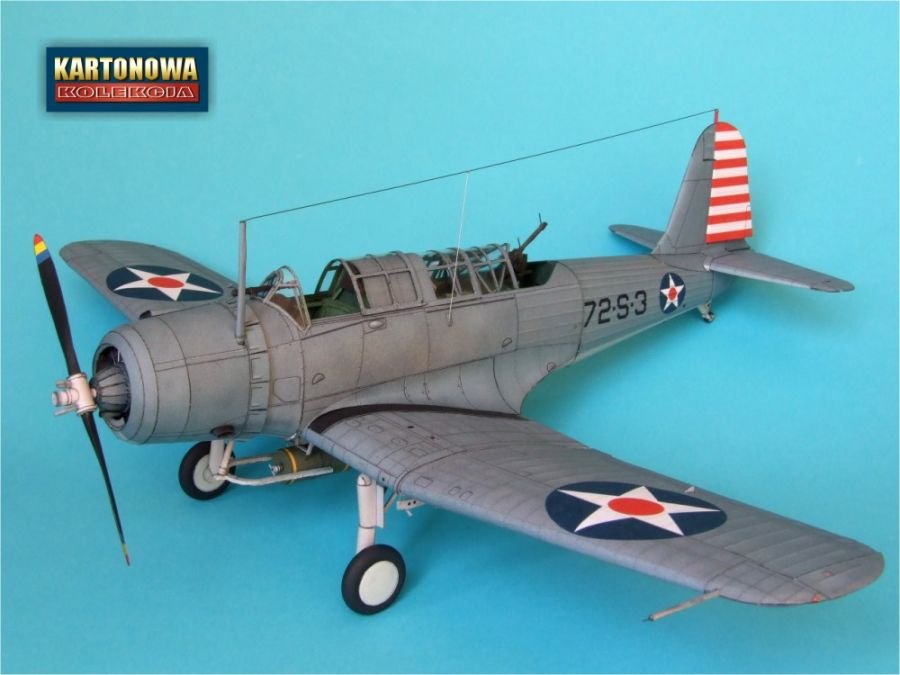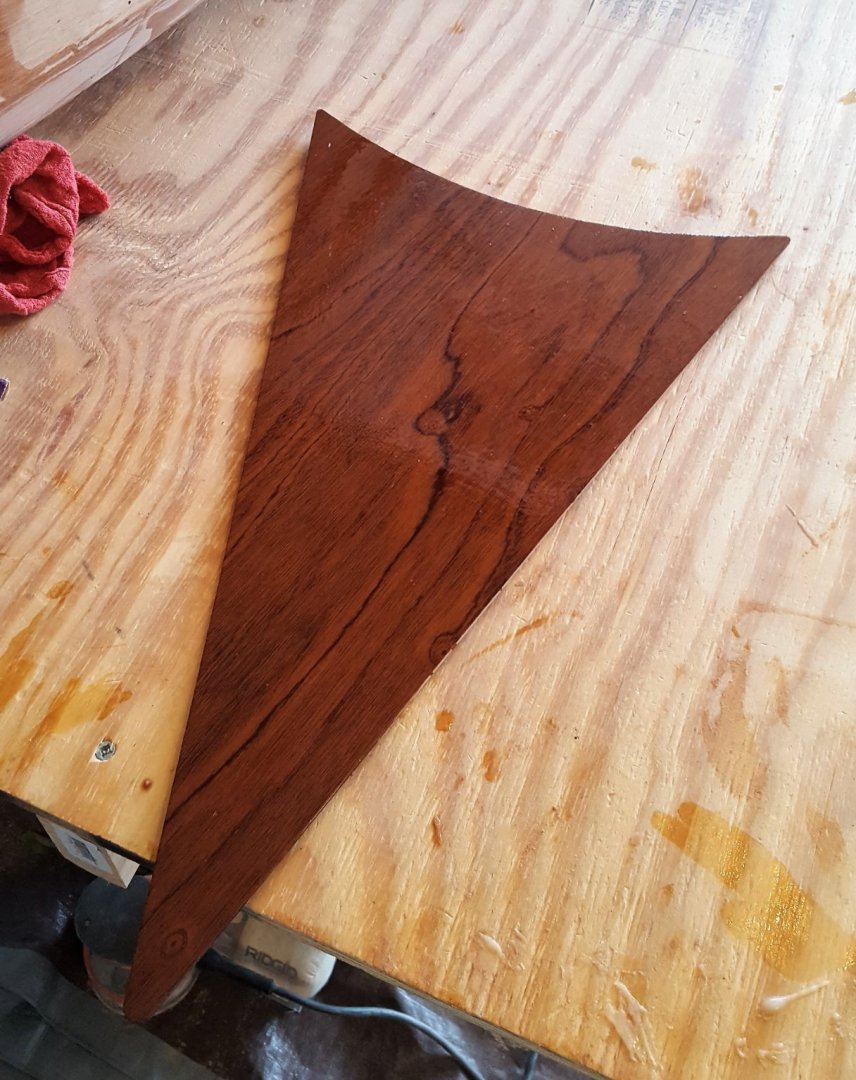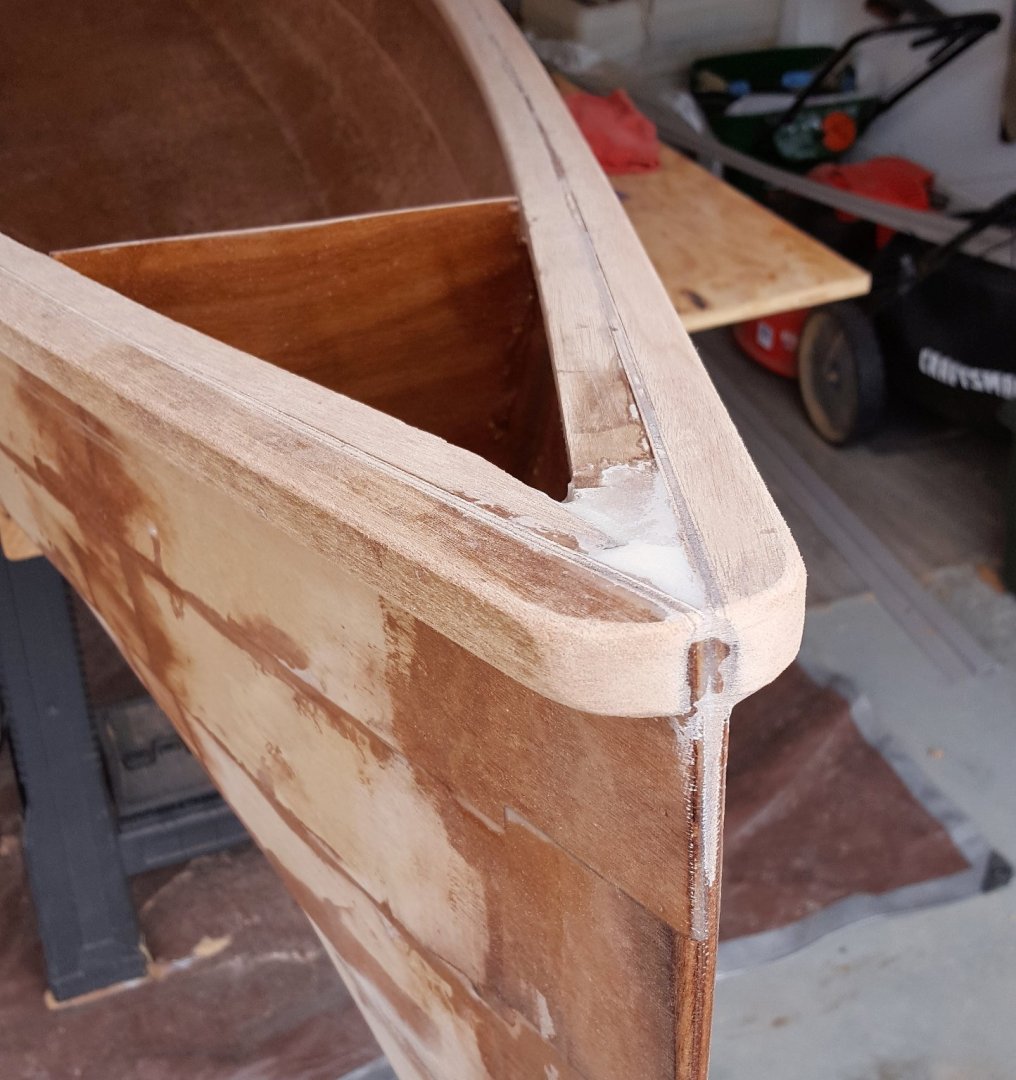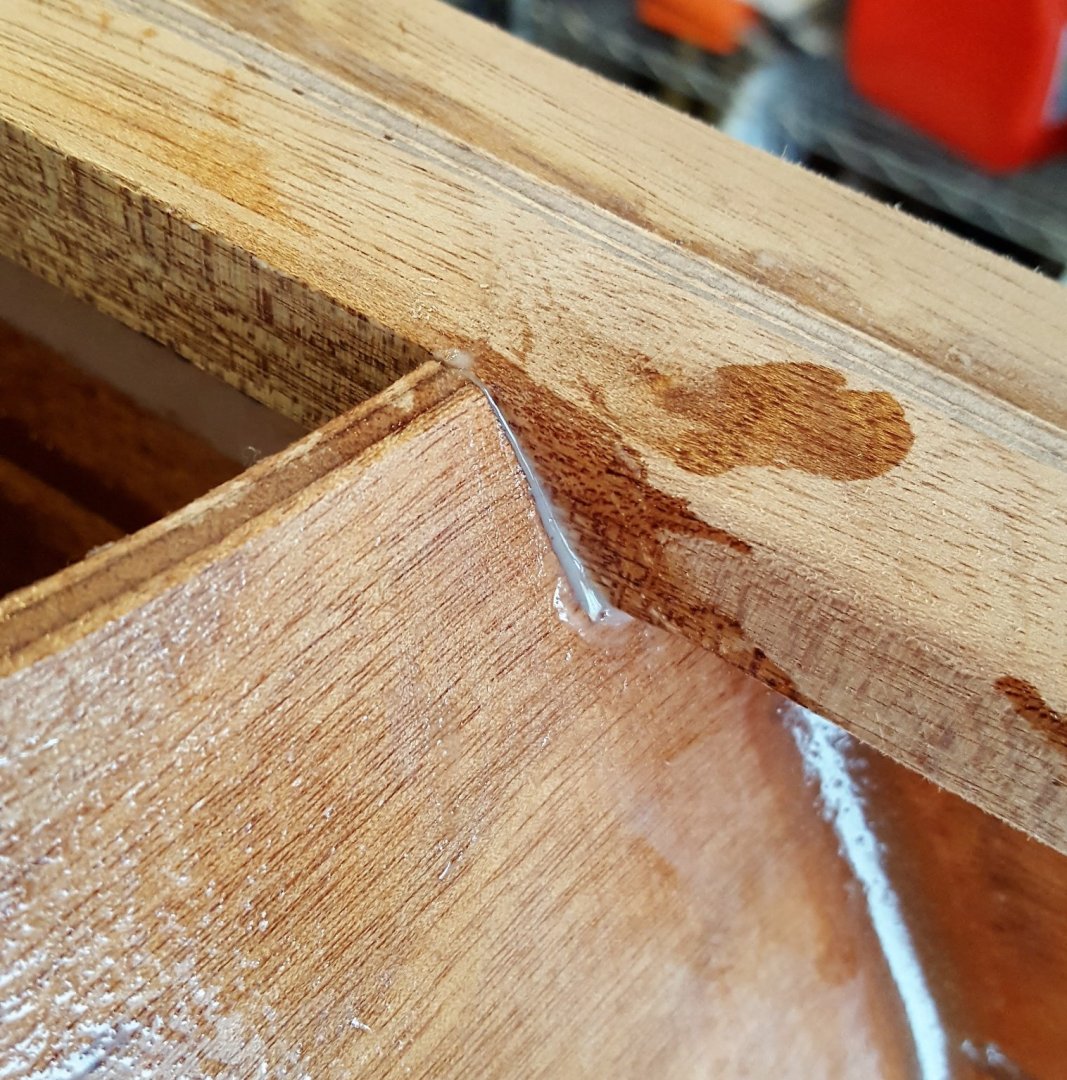-
Posts
10,524 -
Joined
-
Last visited
Content Type
Profiles
Forums
Gallery
Events
Everything posted by ccoyle
-
Nope. This one isn't even on my radar yet, but I like having it my collection so that I can take it out once in a while and flip through the pages. ☺️ Also, I prefer my warbirds with enclosed cockpits to have plastic canopies available for them, and to the best of my knowledge no one has offered one yet for this kit. Right now I'n slowly gring through my 2-for-1 PWS-10 build, coupled with my canoe project. Here is a link to a great build of the SB2U pre-war version.
-

Santa Maria German model
ccoyle replied to Lizjames's topic in NAUTICAL RESEARCH GUILD - News & Information
Hi. We get this question on a fairly regular basis, which is why we created this topic. Please have a look at it, and enjoy your time at MSW. Cheers! -
Love it! I have a soft spot for the Flowers, having built the 1/100 scale card version from Modelik, which had something like 2000 or 2500 parts. I was pretty new to card as a modeling medium at the time, so it was an ambitious project, but I got it done. Heck, it would still be an ambitious project, even for someone with a lot of experience!
-
Hi, Tom! I was born in Tucson while my dad was stationed at Davis-Monthan, but we moved when I was only two months old. Have never had the good fortune to ever get back there. Cheers!
-
It was really cold in my garage today, so I only got a few little things done. First I rounded off the ends and rub rails... ...then filled in the gaps in the bulkheads around the rails... ...and applied the second coat of epoxy to the deck undersides. Next up will be massive amounts of interior and exterior epoxy work. 😬
-
Great job, Chris! I'm happy to see this one completed. Cheers!
- 144 replies
-
- corsair
- bermuda boat
-
(and 1 more)
Tagged with:
-
Hello, Luc. I am sure that many of our members would enjoy watching your project come together, but posts with only text and links to photos are not likely to attract much attention. If you are copying & pasting your text from another source, look for the "paste as plain text" option, and use the "choose files" link at the bottom of the edit window to insert photos into your posts. These two things will make your posts more reader-friendly. Wishing you well on your project!
-
Been thinking a lot this week about how to proceed with the epoxy. In light of what has been said about the need to remove any amine blush, it seems like the best way to move forward would be to round off the rails, glue the decks on, and then get the entire exterior + rails coated, so that no bare wood is left to get wet during the washing process. Seems sensible to me.
-
I can pretty much guarantee that a kit of Griffin doesn't exist, but that's not unexpected when one considers that thousands of wooden sailing ships plied American waters over the centuries; only the tiniest fraction have ever been modeled. Do you have any information at all on what kind of ship Griffin was?
-
I suspect he had his people build it -- a perk of owning the company?
- 356 replies
-
- red jacket
- finished
-
(and 1 more)
Tagged with:
-
Welcome! Chester Nimitz was another Texan from nowhere near the coast, and he did all right, so you're in good company.
-
Try Billing Boats.
About us
Modelshipworld - Advancing Ship Modeling through Research
SSL Secured
Your security is important for us so this Website is SSL-Secured
NRG Mailing Address
Nautical Research Guild
237 South Lincoln Street
Westmont IL, 60559-1917
Model Ship World ® and the MSW logo are Registered Trademarks, and belong to the Nautical Research Guild (United States Patent and Trademark Office: No. 6,929,264 & No. 6,929,274, registered Dec. 20, 2022)
Helpful Links
About the NRG
If you enjoy building ship models that are historically accurate as well as beautiful, then The Nautical Research Guild (NRG) is just right for you.
The Guild is a non-profit educational organization whose mission is to “Advance Ship Modeling Through Research”. We provide support to our members in their efforts to raise the quality of their model ships.
The Nautical Research Guild has published our world-renowned quarterly magazine, The Nautical Research Journal, since 1955. The pages of the Journal are full of articles by accomplished ship modelers who show you how they create those exquisite details on their models, and by maritime historians who show you the correct details to build. The Journal is available in both print and digital editions. Go to the NRG web site (www.thenrg.org) to download a complimentary digital copy of the Journal. The NRG also publishes plan sets, books and compilations of back issues of the Journal and the former Ships in Scale and Model Ship Builder magazines.









